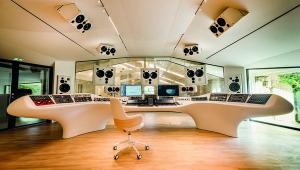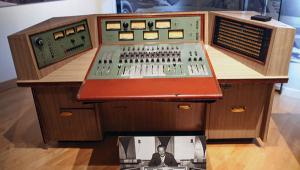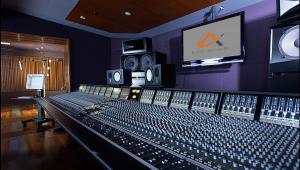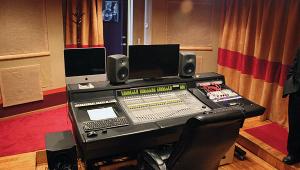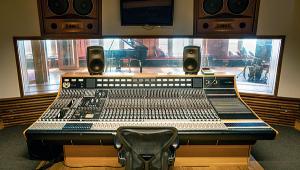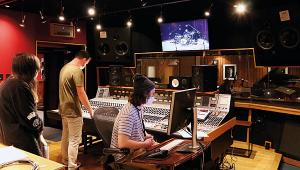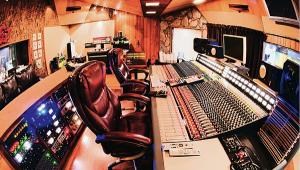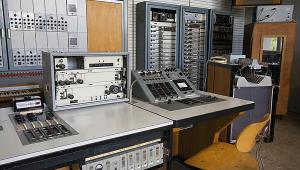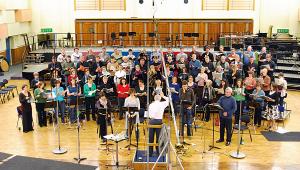Abbey Road Studios
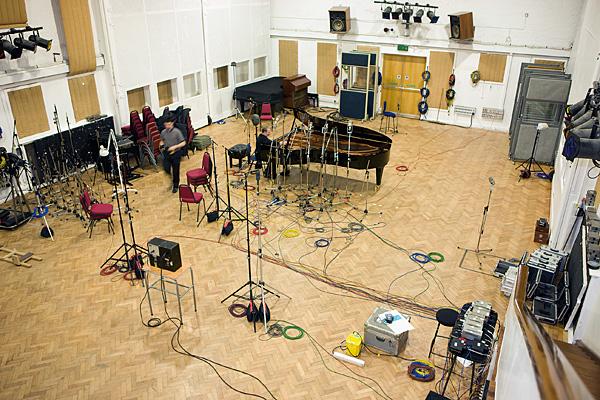
We could begin at 8.54pm on the 25th of June 1967, when the cameras cut to the studio about 40 seconds earlier than expected to discover producer George Martin and engineer Geoff Emerick scrambling to hide a bottle of Scotch whisky beneath the mixing desk. They'd been taking a tot to calm their nerves before the tricky task of mixing the audio for the live worldwide broadcast of The Beatles' contribution to Our World, the first ever live global television link.

It's to be broadcast in black and white for two-and-a-half hours via the Intelsat I (Early Bird), Intelsat II (Lana Bird) and ATS-1 satellites to an estimated audience of between 400 and 700 million people in 25 countries around the world. Hence the need for Dutch courage.
The Fabs' bit is a little something John Lennon has knocked up called 'All You Need Is Love' and, with a backing track already surreptitiously recorded a few days earlier, the band are now seated in Studio 2 topping it off live for the cameras.
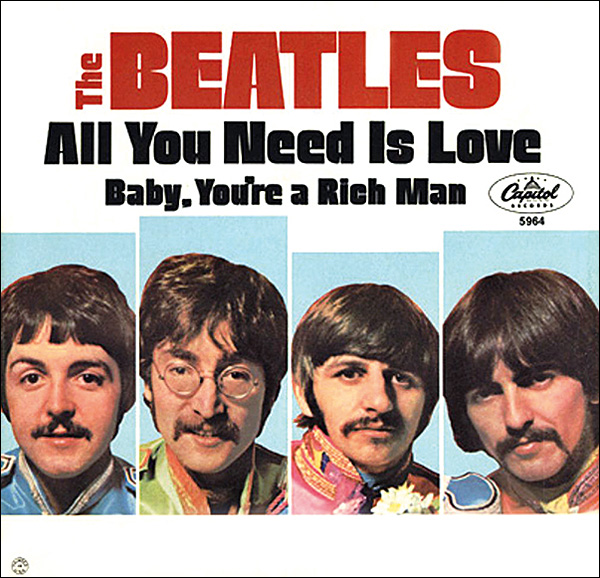
Groovy Guests
The whole psychedelically decorated affair is being directed by the BBC's Derek Burrell-Davis, and the segment opens with the band playing the track for about a minute, before George Martin, speaking from the control room, suggests the orchestra should take their places for the recording as the tape is rewound.
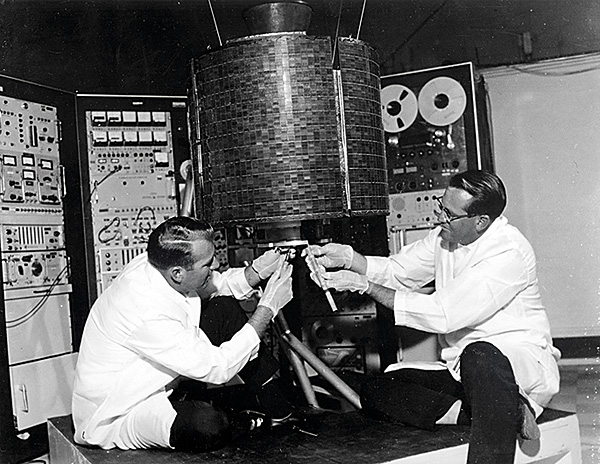
It's a neat piece of staged spontaneity that had actually been filmed earlier, and by the time Martin appears to be issuing instructions, the orchestra are already seated in Studio 1. Now the show really begins with The Beatles, accompanied by the orchestra, performing the entire song, overdubbing onto the backing track with backing vocals courtesy of a gaggle of specially invited groovy guests including Mick Jagger and Keith Richards from chart-topping best frenemies The Rolling Stones, Eric Clapton, Marianne Faithfull, Hollie Graham Nash and Keith Moon from The Who.
Hot Ticket
Then again, we could begin some three months earlier on the 21st of March 1967 in the control room of Studio 2. The Beatles are recording their Sgt Pepper's Lonely Hearts Club Band LP, and Pink Floyd have just finished recording their debut album, The Piper At The Gates Of Dawn, next door in Studio 3.

Decades later Floyd's drummer, Nick Mason, will remember it thus: 'We were ushered in. The Fab Four were busy recording "Lovely Rita". The music sounded wonderful, and incredibly professional. We sat humbly at the back of the control room, while they worked on the mix, and after a suitable period of time had elapsed, we were ushered out... They were God-like figures to us'.
Lennon and Syd Barrett together, in the same room! Wot, no selfies!?!
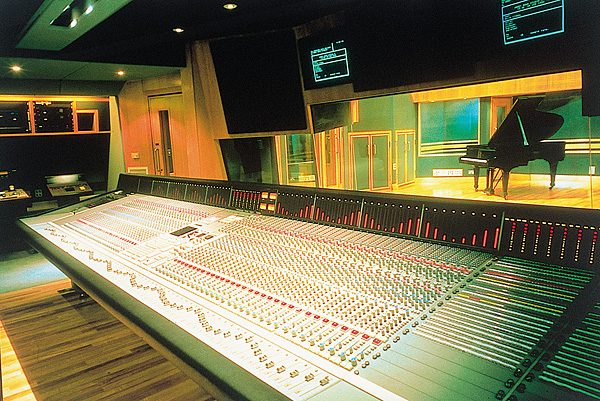
But in all honesty, we don't need to bother ourselves with introductory anecdotes. After all, thanks to The Beatles recording pretty much all of their most famous songs here, not to mention naming their final LP after its location, and with historic meetings such as the aforementioned being par for the course on a weekly, if not daily basis, Abbey Road Studios is indisputably, as it claims on its website, the most famous recording studio in the world. So, no intro necessary – let's rock.
The current complex was originally a nine-bedroom house built in 1829 on the footpath leading to Kilburn Abbey. A century later, the Gramophone Company acquired the premises and converted it into the world's first purpose-built recording studio.

Early Stereo
The official studio opening, filmed by Pathé, was held on the 12th of November 1931 with Edward Elgar conducting the London Symphony Orchestra through a rousing rendition of Land Of Hope And Glory in Studio 1. But prior to this, about a month earlier, the bass-baritone Paul Robeson recorded several songs here with Ray Noble and his Orchestra and one of them, a cover of Hoagy Carmichael's 'Rockin' Chair' became the first published recording released out of the studios.


